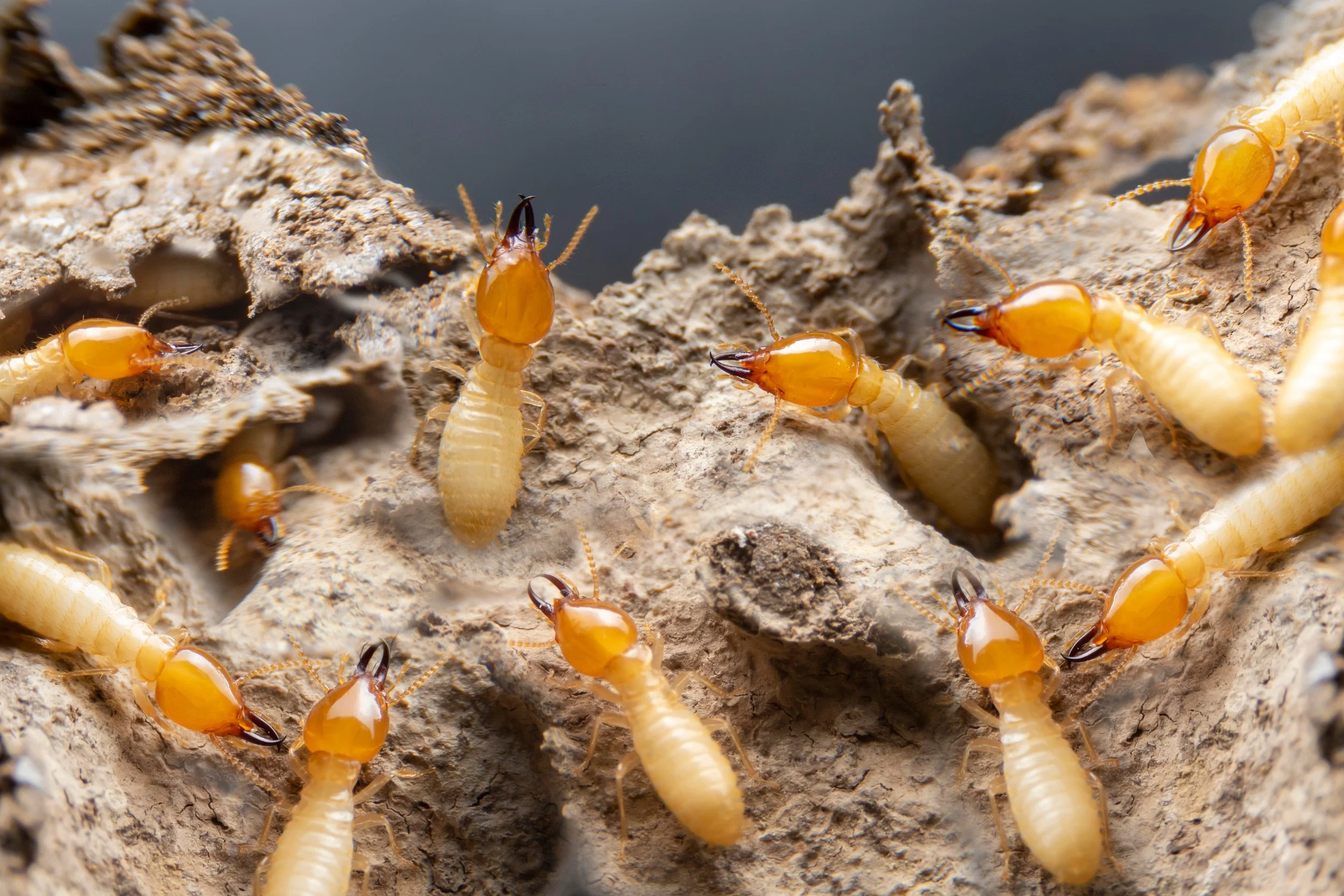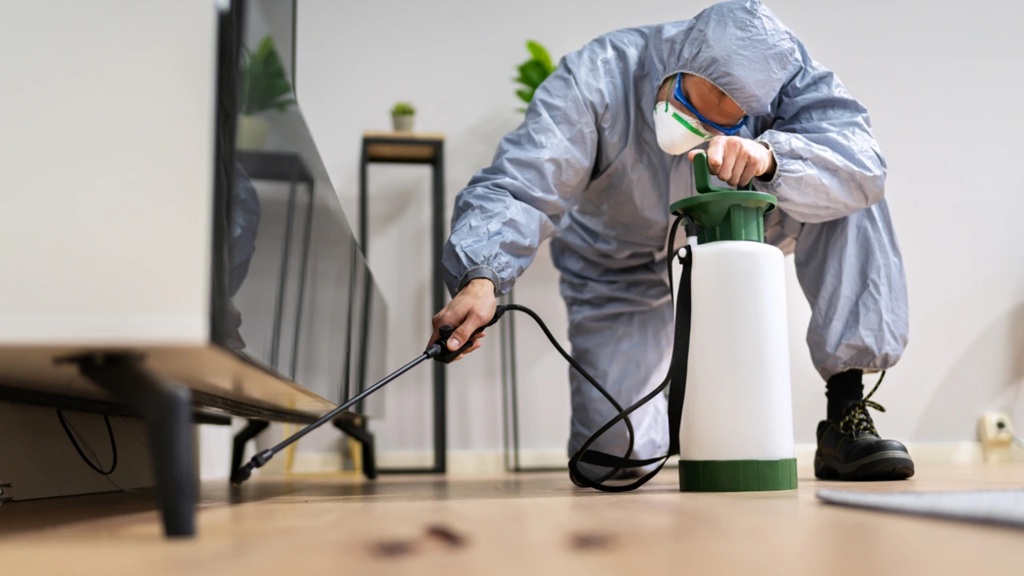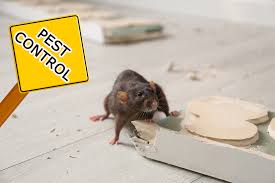Termites are one of the most destructive pests a homeowner can face. Known as “silent destroyers,” they can cause thousands of dollars in damage before you even realize they’re there. Unlike other pests that make their presence obvious, termites operate behind walls, under floors, and inside wooden structures—out of sight and out of mind.
Whether you’re a homeowner, property manager, or real estate investor, recognizing the signs of a termite infestation early is key to minimizing damage and cost. Here are the top five signs to watch for—and what steps you should take if you spot them.
1. Mud Tubes on Walls or Foundations
One of the most common signs of a subterranean termite infestation is the appearance of mud tubes. These are thin, pencil-sized tunnels made from soil, wood particles, and termite saliva. Termites use them to travel between their colony and a food source while staying protected from open air and predators.
Mud tubes are typically found along foundation walls, in crawl spaces, or around baseboards. If you break one open and see live termites inside, it’s a clear indicator of active infestation.
What to do: Avoid disturbing the tubes too much. Call a licensed pest control professional for a full inspection. They can determine the extent of the infestation and recommend a treatment plan.
2. Hollow or Damaged Wood
Termites eat wood from the inside out, which means wood structures may appear fine on the surface while being completely hollow inside. Tap on wooden beams, window sills, or baseboards. If they sound hollow or break easily with a little pressure, termites may be to blame.
Another sign is blistering or bubbling paint, which can mimic water damage but may actually be termites tunneling just beneath the surface.
What to do: Conduct a detailed inspection of any suspicious wood in your home. If you suspect termite activity, don’t attempt repairs before professional treatment, as it could worsen the spread or mask the problem.
3. Discarded Wings Near Windows or Doors
When termites swarm to form new colonies, they shed their wings. Finding small, translucent wings near windowsills, door frames, or light fixtures is a telltale sign that termites may be establishing a new colony nearby.
Swarming usually occurs in the spring and early summer, especially after a rain. The presence of these wings doesn’t just signal termites—it indicates that they’re reproducing.
What to do: Collect a few wings in a plastic bag and contact a pest control professional. They can help identify whether the swarmers are termites or flying ants, which require different treatment strategies.
4. Tight-Fitting Doors or Windows
Termites produce moisture as they tunnel through wood. This moisture can cause wooden frames around windows and doors to warp, making them suddenly difficult to open or close. While this issue can have other causes, such as humidity or settling, it’s worth investigating—especially when combined with other signs on this list.
What to do: Keep track of areas in your home where doors or windows have become misaligned. A professional inspection can help determine whether termites are the underlying cause.
5. Frass (Termite Droppings)
Drywood termites—unlike their subterranean cousins—don’t use mud tubes. Instead, they leave behind small piles of droppings known as frass. These droppings look like tiny wood-colored pellets or sawdust and are usually found near entry points like cracks in wood or small holes.
If you notice unexplained piles of what appears to be sawdust near baseboards or wooden furniture, it could be frass.
What to do: Avoid sweeping up the droppings until after an inspection. Their location can help pest control technicians identify the infestation site and choose the most effective treatment.
Why Fast Action Matters
Termite damage is not only expensive to repair but often not covered by homeowner’s insurance. The longer an infestation goes untreated, the more structural damage it can cause. In severe cases, termites can weaken critical structural elements, making a home unsafe.
Early detection and professional treatment are the best ways to protect your property. Attempting DIY treatments may slow down the problem temporarily but rarely eliminate the colony.
How to Prevent Future Infestations
Even after treatment, it’s important to take proactive steps to keep termites from returning:
- Eliminate excess moisture around your home’s foundation.
- Fix leaky faucets, gutters, and air conditioning units.
- Keep firewood and wood debris at least 20 feet away from the house.
- Ensure proper ventilation in crawl spaces and attics.
- Schedule annual termite inspections with a licensed professional.
Final Thoughts
If you’ve noticed any of these warning signs, don’t wait. A termite infestation won’t go away on its own, and the damage will only increase over time. Professional pest control services can provide a thorough inspection, confirm the presence of termites, and develop a custom treatment plan to eliminate the problem for good. We recommend Main Sail Pest.





